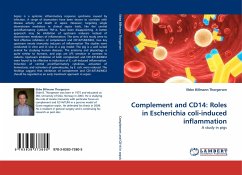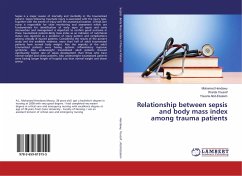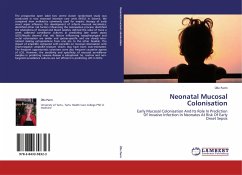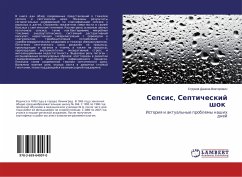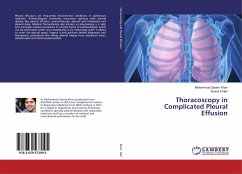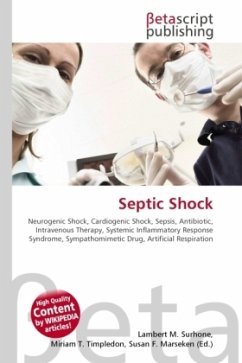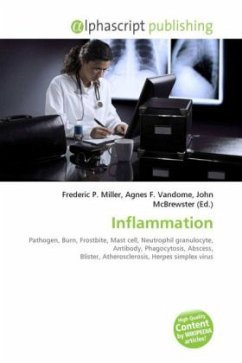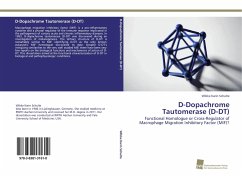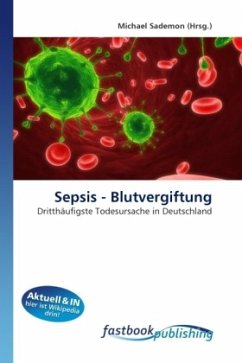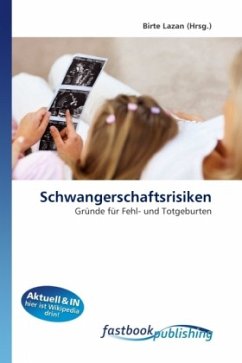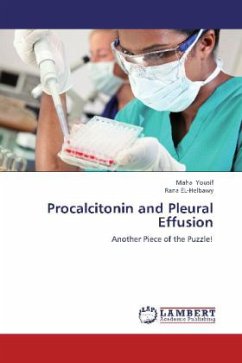
Procalcitonin and Pleural Effusion
Another Piece of the Puzzle!
Versandkostenfrei!
Versandfertig in 6-10 Tagen
32,99 €
inkl. MwSt.

PAYBACK Punkte
16 °P sammeln!
Pleural effusions are a common clinical presentation of many diseases and can present as diagnostic challenge to the clinician. The development of disease-specific diagnostic biomarkers for pleural effusions is an active area of research. Among the potentially available laboratory parameters is procalcitonin (PCT). ) It is a propeptide of calcitonin produced by C-cells of the thyroid gland. Normally, PCT levels are undetectable in healthy humans. In severe bacterial infections, intact PCT is found in blood. One major advantage of PCT compared to other parameters is its early and highly specifi...
Pleural effusions are a common clinical presentation of many diseases and can present as diagnostic challenge to the clinician. The development of disease-specific diagnostic biomarkers for pleural effusions is an active area of research. Among the potentially available laboratory parameters is procalcitonin (PCT). ) It is a propeptide of calcitonin produced by C-cells of the thyroid gland. Normally, PCT levels are undetectable in healthy humans. In severe bacterial infections, intact PCT is found in blood. One major advantage of PCT compared to other parameters is its early and highly specific increase in response to sepsis. A correlation between serum PCT concentration and sepsis has been previously reported. But, What about pleural fluid PCT? Can PCT play a role in resolving the myth of many cases with undiagnosed pleural effusion? Can it constitute another piece of the diagnostic puzzle? This research has been the winner of Minoufiya University award for international publication 2012 and the European Respiratory Society Congress silver sponsorship (Vienna 2012).



